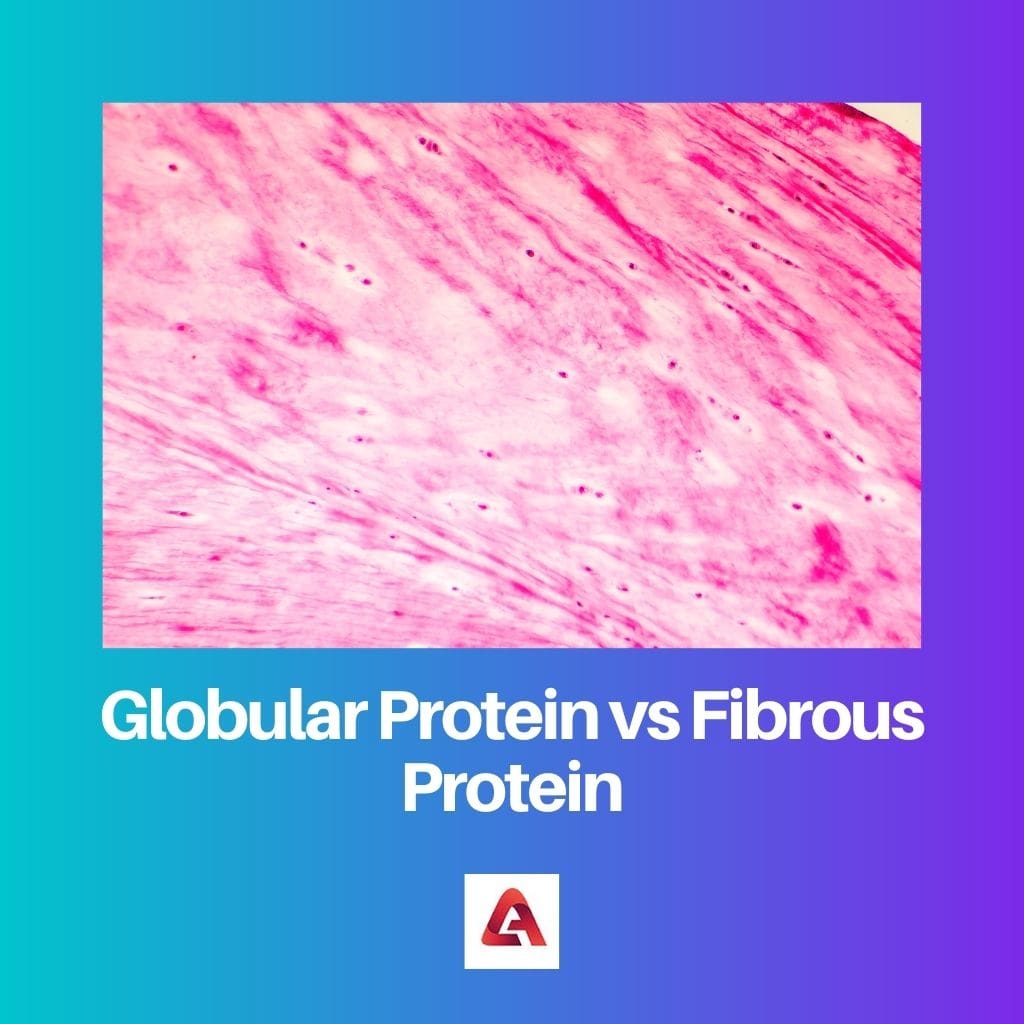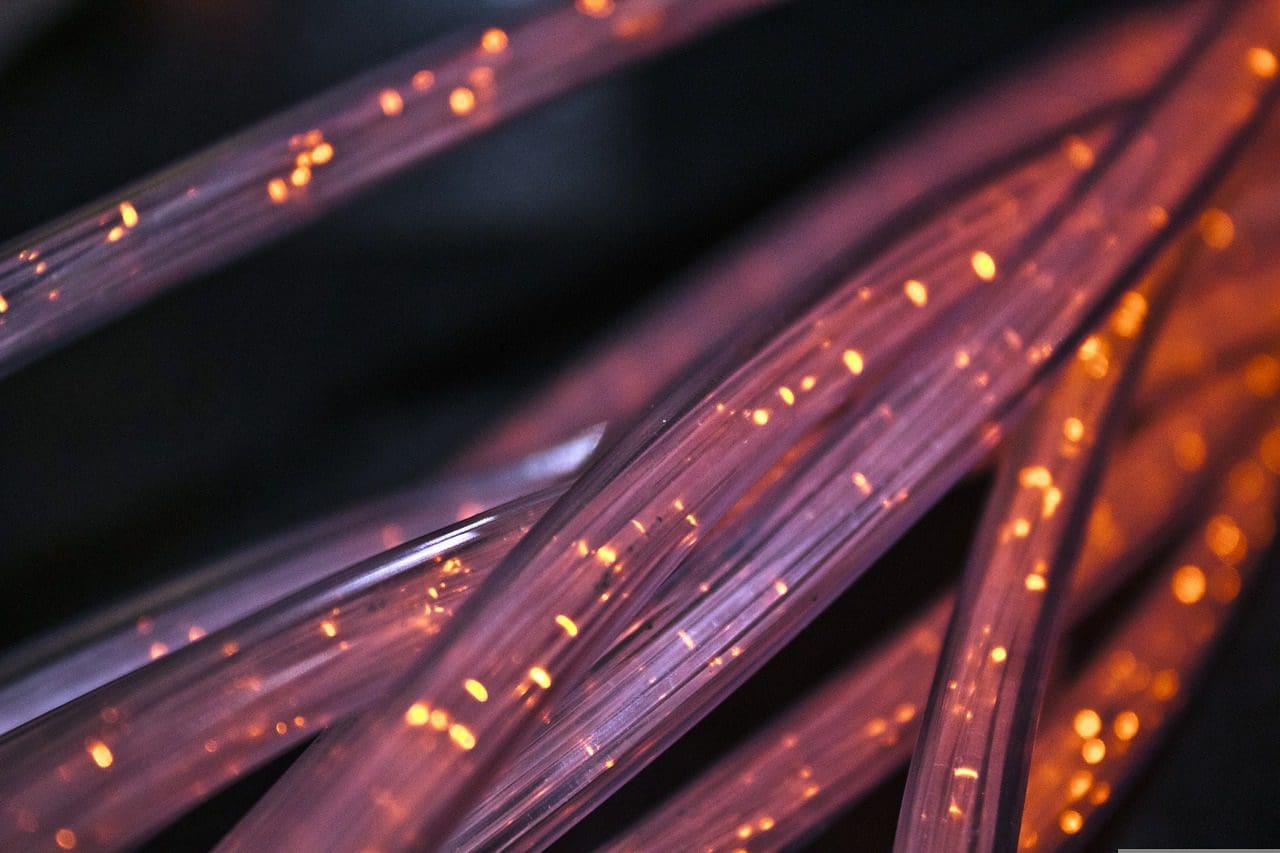Chemical nutrients that are essential for building tissues in the body are called proteins. They are also responsible for the repair of worn-out cells.
Key Takeaways
- Globular proteins are compact, spherical proteins with a tightly folded structure; fibrous proteins have elongated, linear structures, forming filaments or sheets.
- Globular proteins are soluble in water and involved in various biological processes, such as enzymatic reactions, transport, and signalling; fibrous proteins provide structural support and mechanical strength to tissues.
- Examples of globular proteins include haemoglobin, myoglobin, and enzymes; fibrous proteins include collagen, keratin, and elastin.
Globular Protein vs. Fibrous Protein
The difference between globular and fibrous proteins is that globular proteins are mainly used to form cellular messengers, amino acids, and enzymes. In contrast, fibrous proteins are mainly used to form tendons, connective tissues, and fibers.

Also, the structure of both these proteins is very different. The shape of a globular protein is a sphere while the shape of a fibrous protein is like an elongated strand.
On the other hand, fibrous proteins are not at all soluble in water, weak bases, or weak acids. They are only soluble strong acids. The fibrous protein is present in the form of wires and rods.
Comparison Table
| Parameters of Comparison | Globular Proteins | Fibrous Proteins |
|---|---|---|
| Definition | Globular protein is a type of protein that is soluble and tends to be involved in metabolic functions. | Fibrous proteins are a type of insoluble proteins that build up the main structural elements of the body. |
| Shape and structure | Globular proteins are round or spherical and have a folded ball-like structure. | Fibrous proteins are long and narrow in shape and have a helical or sheet-like structure. |
| Solubility in different solvents | Globular proteins are soluble in water, acids, and bases. | Fibrous proteins are only soluble in strong acids. They are insoluble in water and any other weak acids and bases. |
| Intermolecular forces | Globular proteins have a weak intermolecular interaction between them. | Fibrous proteins have a strong intermolecular interaction between them. |
| Function | Globular proteins are mainly responsible for forming cellular messengers, amino acids, and enzymes. | Fibrous proteins are mainly responsible for the formation of tough tissues. They are used to form tendons, connective tissues, and fibers. |
What is Globular Protein?
Globular proteins are spherical proteins and are water-soluble. Globular proteins are responsible for forming many essential structures in the human body.
They perform all the regulatory roles in the body. The globular proteins are held together by weak intermolecular hydrogen bonding.
They are made up of primary, secondary, tertiary, and sometimes also quaternary structures. They consist of a straight-chain structure of secondary structures that can join polypeptide chains and change directions.

What is Fibrous Protein?
Fibrous proteins are also known as scleroproteins. They are in the shape of elongated strands, like rods and wires, of polypeptide chains which form its sheet-like structure.
They mainly form tendons, connective tissues, and fibers. The peptide chains are held together in fibrous proteins by very strong intermolecular hydrogen bonding.
Also, fibrous proteins do not de-nature easily. They are made up of single units or a unit that is repeated many times.

Main Differences Between Globular Proteins and Fibrous Proteins
- Globular protein is a type of protein that is soluble and tends to be involved in metabolic functions. In contrast, Fibrous proteins are a type of protein that are insoluble, and that helps in building up the main structural elements of the body.
- Globular proteins are soluble in water, acids, and bases, while Fibrous proteins are only soluble in strong acids.



